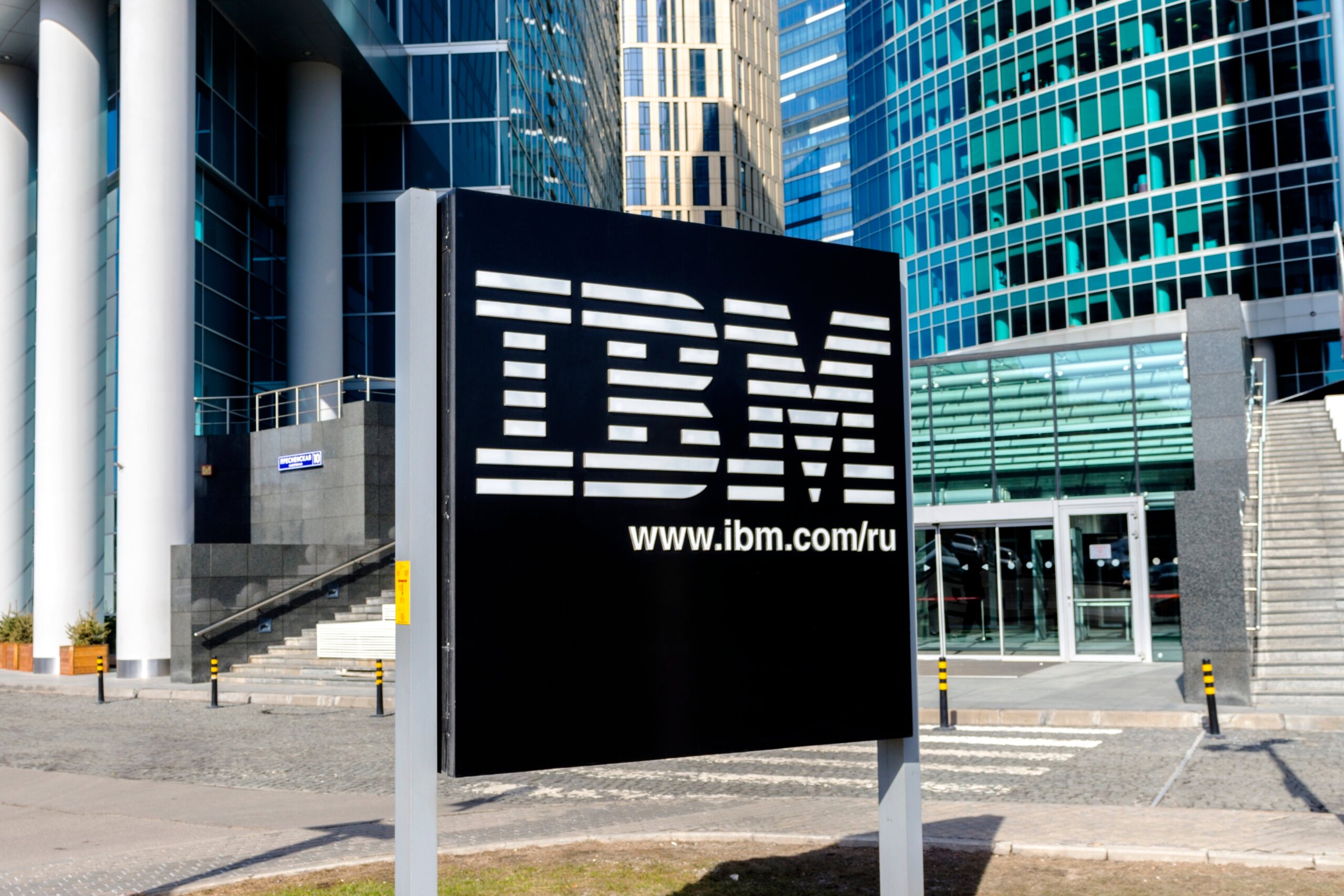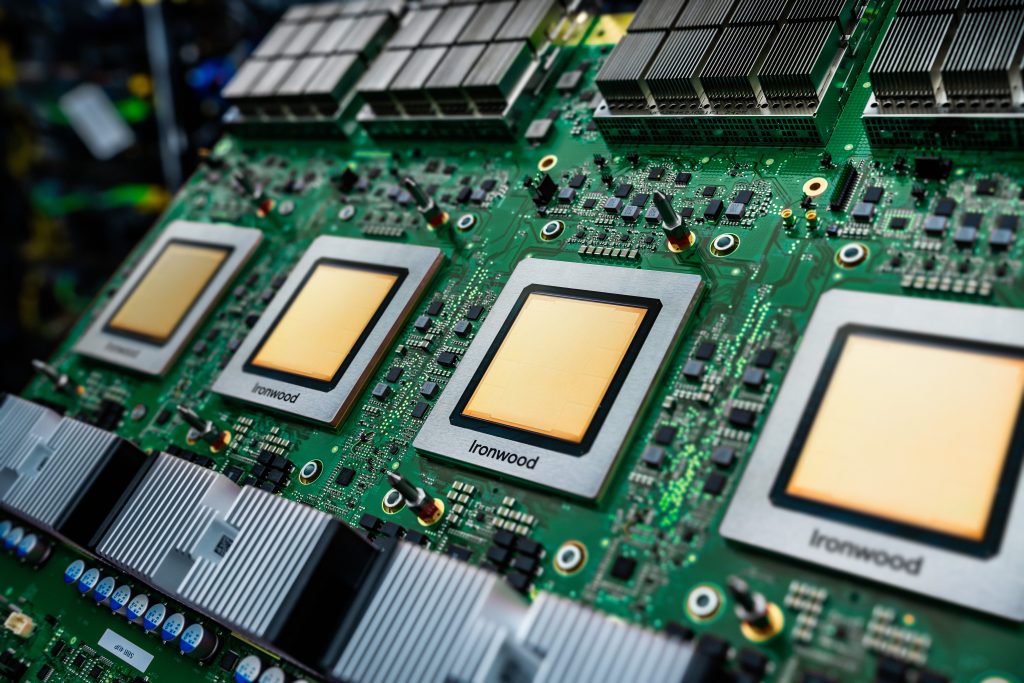Quantum computing infrastructure has emerged as the next frontier in IBM’s technological offering, one that marks a shift from traditional computing. During a recent TechEX presentation, IBM Infrastructure Sales Manager Albert Verhoef offered a glimpse into the tech giant’s evolving infrastructure strategy. He began with a remarkable statistic: IBM technology intersects with the average person’s daily life 35 times, processing 99% of global card transactions through its systems.
Its pervasive influence comes when the digital world faces a new raft of data challenges. According to Verhoef, humanity has generated and stored 175 zettabytes of data – a volume so massive that, if stored on CD-ROMs and stacked, it would create a tower reaching the sun and back.
This (literally) astronomical amount of data, comprising both structured (roughly defined as database entries) and unstructured (photos, videos) content, presents challenges and opportunities for infrastructure development.
“Even though there’s a lot of talk about tape being dead, the big hyperscalers are the biggest customers of IBM tape,” Verhoef said, stating cloud providers still rely on tape libraries for cost-effective storage of rarely-accessed data. This practical approach to data storage demonstrates how ‘traditional solutions’ continue to play a crucial role in modern infrastructure.
Breaking through computing bottlenecks
IBM’s infrastructure strategy focuses on overcoming three bottlenecks: software infrastructure, compute capacity, and storage access times. The company has made significant advances in all three areas, Verhoef said.
IBM’s acquisition of Red Hat and its OpenShift containerisation platform has changed application deployment. Traditional deployment cycles that once took up to four months can now be significantly shortened, allowing businesses to respond more rapidly to market demands.
On the compute front, IBM has pushed the boundaries of chip density, progressing from 7-nanometre chips to developing 2-nanometre technology. The advancement isn’t just about speed – it’s about reliability, too. NASA’s choice of IBM chips for the Mars rover demonstrates the technology’s proven track record in mission-critical applications where failure isn’t an option.
Storage technology has seen perhaps the most dramatic improvements. The evolution from traditional hard drives (10,000 microseconds access time) to flash storage (80 microseconds) and now to NVME-RDMA technology (7 microseconds) has transformed data access capabilities. IBM’s Flash System, incorporating these advances, is one of the leading technologies of storage.
The quantum computing revolution
Perhaps the most exciting development in IBM’s infrastructure journey is its quantum computing breakthrough. The company progressed from a 27-qubit system in 2019 to an impressive 433-qubit computer today. The quantum system operates at 50 millikelvin – colder than outer space – and has allowed a fundamental shift in computing paradigms.
“A quantum computer is not a new car or a supercar. It’s more equivalent to a boat that we place in the water, and we are exploring areas unknown,” Verhoef said, describing how quantum computing opens up entirely new possibilities rather than improving traditional computing’s capabilities.
Security implications and future challenges
The advent of quantum computing brings both opportunities and challenges. A 10,000-qubit computer could break current RSA encryption algorithms in less than five seconds, prompting IBM, among others, to develop quantum-safe encryption systems. It’s already used quantum-safe encryption in its financial systems, and Verhoef said the proactive approach to security demonstrates the company’s commitment to responsible technological advancement.
The path to cognitive computing
IBM’s journey in artificial intelligence predates current AI trends by decades. From Deep Blue’s historic chess victory over Garry Kasparov in 1997 to Watson’s Jeopardy triumph in 2011, IBM has pushed the boundaries of what we now call cognitive computing. The achievements weren’t just publicity stunts but significant milestones in natural language processing and decision-making capabilities.
Looking ahead: The next 50 years?
The implications of technology for businesses and society are profound. Verhoef noted that quantum computing could help solve problems that would otherwise require “25% of the earth’s resources” with traditional computing methods. The efficiency gain could revolutionise fields from drug discovery to climate modelling.
Current CPU technology has reached the processing equivalent of a mouse brain, but the journey toward human intelligence-level computing continues. As we approach what futurists call “singularity” – the point where computer processing power surpasses human cognitive capabilities – the role of infrastructure becomes increasingly important.
IBM’s progression from traditional infrastructure to quantum computing mirrors technological advancement – it has led to a reimagining of how we process, store, and use information. On the brink of a quantum revolution, the next chapter in computing infrastructure promises to unlock possibilities we’re only beginning to imagine, from solving complex molecular problems to revolutionising financial models and beyond.








